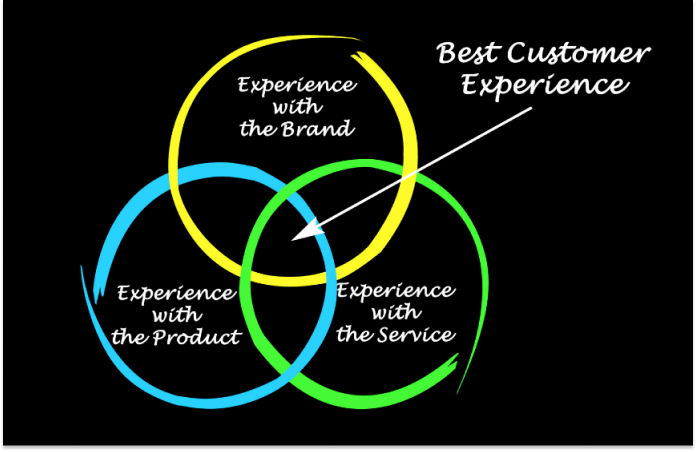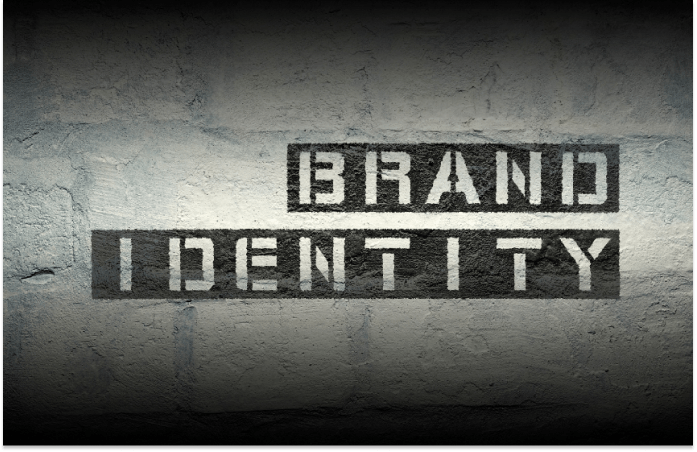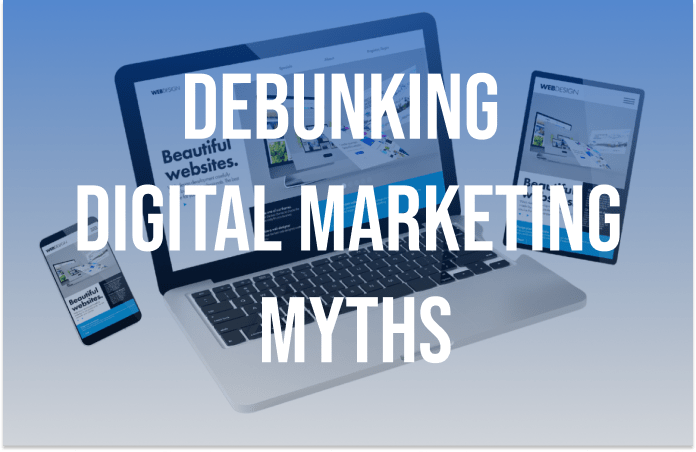Building a business is challenging. Building a brand is more demanding. Not only is the process of branding unique to every business, but also tricky to decode. What may suit your business could be a disaster for another. Thus, the know-how of the fundamentals of branding is the key to establishing a solid brand identity.
In this article, we’ll take you through the five major components of Branding Fundamentals to help you better understand the process of brand building.
1. Relevance of your brand
A company’s aptitude to engage consumers’ emotions and establish a personal connection with them is referred to as brand relevance. Customers’ feelings are more important than their thoughts.
It will be beneficial in many ways to concentrate on your brand’s relevancy because it will cut client acquisition costs and raise customer lifetime value, and your business will keep expanding and making money.
Brands that excel in creating a positive customer experience don’t demand that customers follow their procedures. Instead, they customize their goods and services to satisfy client needs to maintain relationships.
Every brand should start by listening to its customers and learning what is vital to them. To uncover insights, it’s essential to look at quantitative information, like the number of likes, shares, and comments a piece of content receives on social media, and qualitative input, like sentiment analysis.

2. Credibility
Marketing professionals frequently mention brand credibility as a psychological element that could influence consumers’ propensity to make purchases. However, it can have either a beneficial or harmful impact, just like any other form of trigger. It refers to your brand’s reputation in this context and its capacity (or incapacity) to translate that into sales.
Customers frequently choose businesses that are regarded as leaders in their particular fields.
The number of years a company has been in business is another element that influences your purchasing habits. Given that it has been used by a particular demographic for that long, this speaks to the general appeal and quality of its service or product. Credibility in branding is all about how people perceive your business or organization.

3. Know Your Audience
Businesses that perform market research see quicker growth and more profitability. Your marketing effort and outcomes will be diluted by an audience that is poorly defined or too diversified. Keep in mind that there is a distinction between being unclear in your marketing and being indecisive with your business.
One of the best methods to characterize your customer is to create a buyer persona or an idealized representation of your target market. Along with facts about their interests, issues, and ambitions, you should also include information about the demographics of your consumer persona. Understanding their needs, wants, and desires fall under this category. You may develop messages, marketing and branding initiatives that connect with your target demographic if you clearly understand them.
Businesses can develop an enduring emotional bond with their clients and increase client loyalty. Success depends on outstanding customer experiences, an emphasis on creating great products or services, and coordinated branding initiatives.

4. Branding Elements
Before reading and absorbing your marketing messages, prospects take note of their visual appearance.
Your brand’s typography, color scheme, visuals, and website will give potential customers a glimpse of your brand’s style.
A logo may even denote a status symbol. Consider the pride people get when they drive a luxurious vehicle like a Buggati or don a Ralph Lauren outfit. Your company’s logo serves as a visual representation of what you stand for as a brand, in addition to serving as a means of identification for your business.
People have a solid emotional bond with the idea of color and that must an item of priority in your branding process. While the white is pristine and regal, the deep blue can give you a sense of safety and protection. While the purple feels opulent and majestic, the crimson is vibrant and vivid.
For customers to connect your visual assets with your brand, they must have the same underlying vibe as your logo and color scheme.

5. Differentiating Factor
By taking a cue from the past or imitating others in your sector, you cannot differentiate your brand. Try the disruption model instead. Consider your industry’s standard operating procedures and practices. Take note of the traditional approach and design a newer one which doesn’t resemble the same.
Let’s take Jio, for example. It offered free services to all of its customers in the initial phase and incurred a loss in doing so. However, they were able to acquire a ridiculously high number of customers, and the rest of the players in the telecommunication industry had to slash their rates to compete with Jio. Today, Jio is the market leader courtesy of its unconventional branding approach.
Jio’s brand strategy was based on differentiation in the business model. Let’s walk through the types of differentiating factors that you can adopt for your brand.
- Product/Service
The finest marketing strategies start with items intended to stand out from the start. There are many shoe companies, but only one has the “Converse” brand’s relaxed, retro-casual sneaker vibe, which used to be the pinnacle of basketball shoes. Nike always stands out in the athleisure market thanks to its innovative designs.
- Business Model
An innovative business model is a wise choice that generally pertains to startups. Investors will take notice of a superior company model if you demonstrate that it works and can attain optimum operational execution. Although consumers might not see the difference, you still need to perform effectively to stand out.
- Marketing
Advertising and marketing campaigns frequently help a business stand out from the competition in crowded markets with plenty of comparable products. There are three additional ways to stand out in the advertising community: execution of creative ideas, media, or strategy.
For instance, consider Feviquik. Nobody even realized that large adhesive manufacturers existed before Pidilite’s humorous advertising. The differentiation in branding there is creativity. Television advertisements were run by no one else in that market, leading to media differentiation.
As a Brand Agency, we at Antriksh understand that adhering to the fundamentals of branding is crucial for every business out there. With our thorough brand analysis, we develop tailored solutions for your business. Click here for a free brand consultation and explore the endless possibilities to boost your business.





